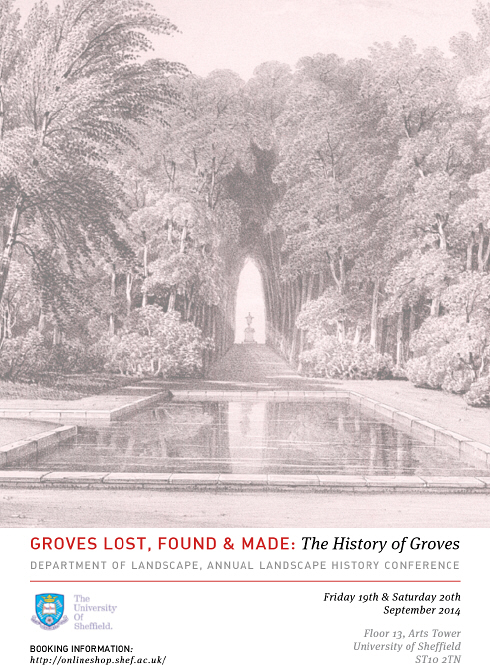
INGEZONDEN door Jan Woudstra: Hierbij de informatie over onze conferentie over groves of wildbossen, bosquets, hoe je ze dan ook maar wil noemen.
The grove -a grouping of trees, intentionally cultivated or found growing wild- has a long diverse history entwined with human settlement, changing rural practices and the emergent culture and politics of cities. A grove can act variously as memorial; place of learning; site of poetic retreat and philosophy, or political encampment; a public park or public theatre; place of hidden pleasures, symbol of a vanished forest ecology; or place of gods and/or other spirits. Yet groves are largely absent from our contemporary vocabulary, and they are only rarely included in today’s landscape design practice, whether urban or rural. However since groves have the potential to support new urban forms and ecologies, they would be able to contribute to the importance of place. As a result critical examination is long overdue and groves need to be assessed both as literal and metaphorical manifestations and as ways of defining spaces and ecologies for cultural life in city and country.
Groves Lost, Found and Made is a long term study investigating the distinctive role and cultivation of groves in the past, and the making of new urban places through experimental art, design and management, reworking traditional practices. It examines groves as defining spaces and ecologies for an alternative cultural life in both city and country. The first in a series of conferences explores histories of groves from multidimensional and multicultural perspectives. The conference aims to select a number of contrasting examples and answer questions such as:
• Why were groves created?
• How were they designed and planted?
• How were they used?

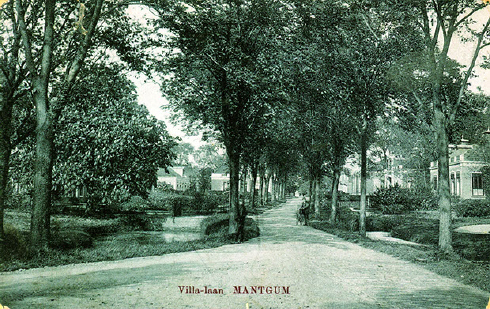
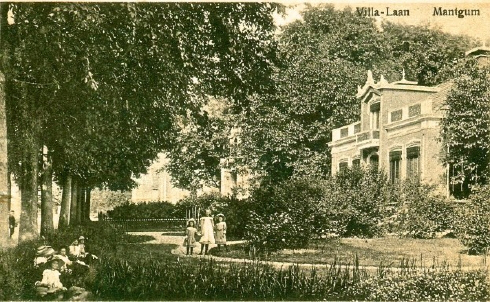
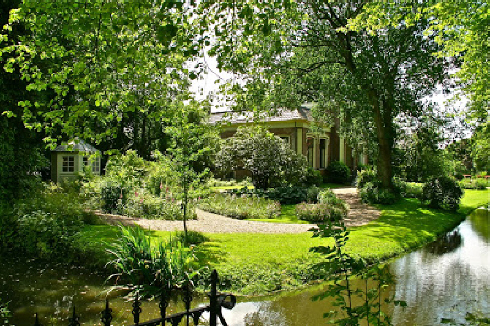
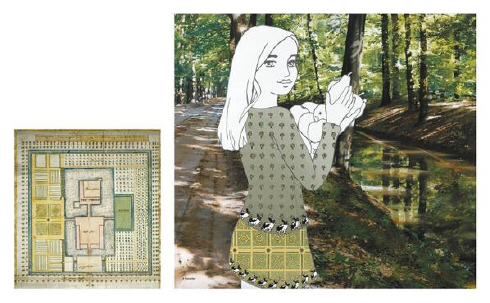
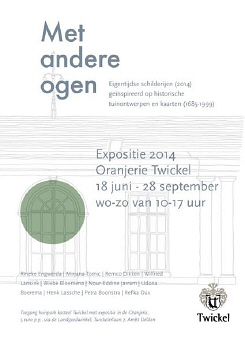 Eigentijdse schilderijen (2014) geïnspireerd op historische tuinontwerpen en kaarten (1685-1999). 18 juni tot 28 september, woensdag t/m zondag van 10.00 tot 17.00 uur.
Eigentijdse schilderijen (2014) geïnspireerd op historische tuinontwerpen en kaarten (1685-1999). 18 juni tot 28 september, woensdag t/m zondag van 10.00 tot 17.00 uur.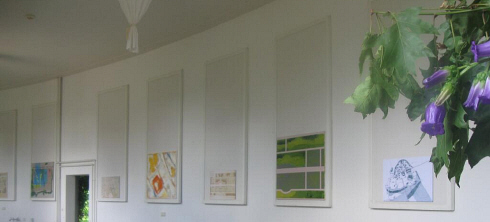
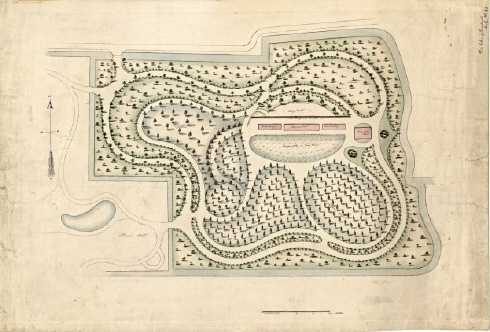
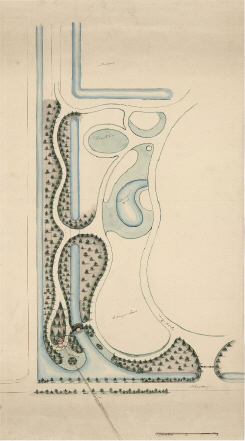 Iedereen kent het wel, een onderzoek is nog maar net afgerond, de publicatie is net uit, en nieuwe vondsten duiken op. Dat is ook een van de beoogde effecten van publicaties, meer losmaken. En dat is ook het mooie van dit vakgebied, iedere keer duikt toch weer iets op. Heerlijk.
Iedereen kent het wel, een onderzoek is nog maar net afgerond, de publicatie is net uit, en nieuwe vondsten duiken op. Dat is ook een van de beoogde effecten van publicaties, meer losmaken. En dat is ook het mooie van dit vakgebied, iedere keer duikt toch weer iets op. Heerlijk.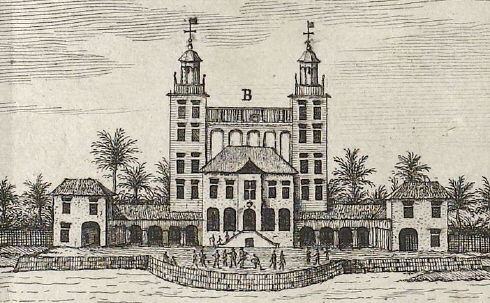
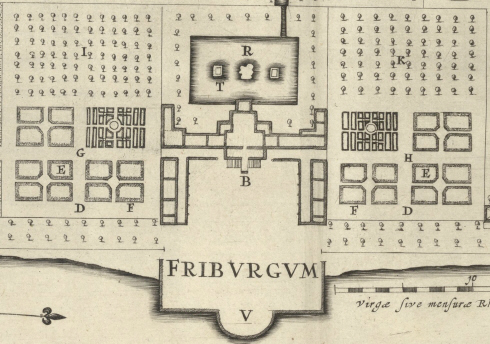
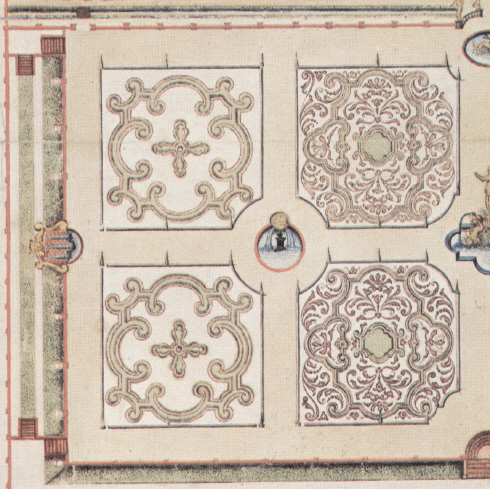
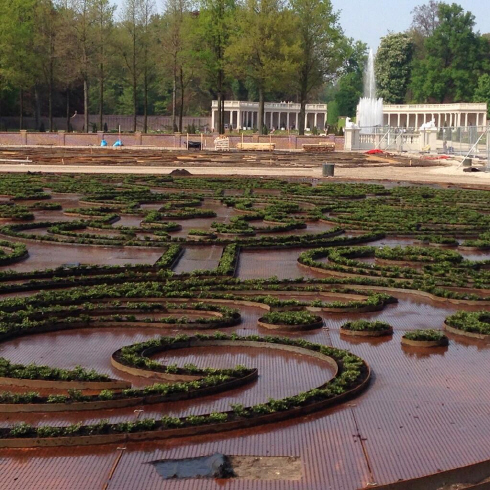
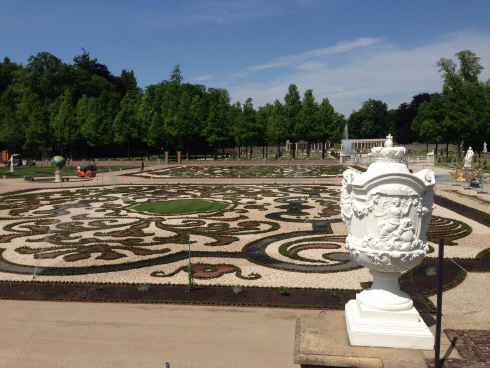
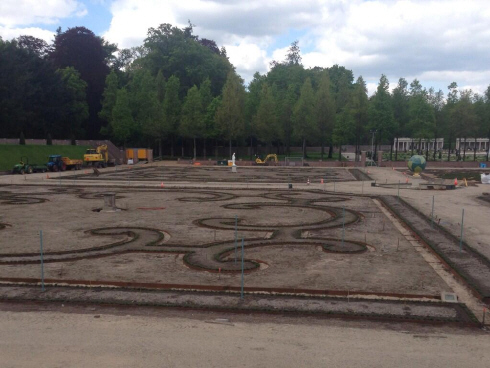
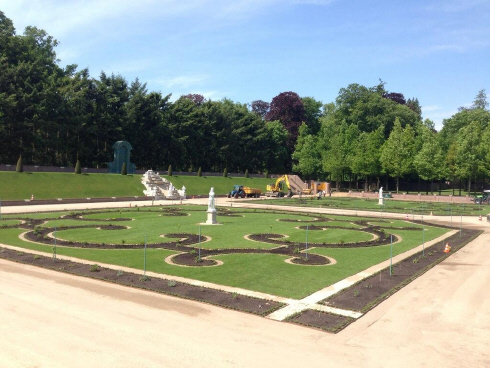
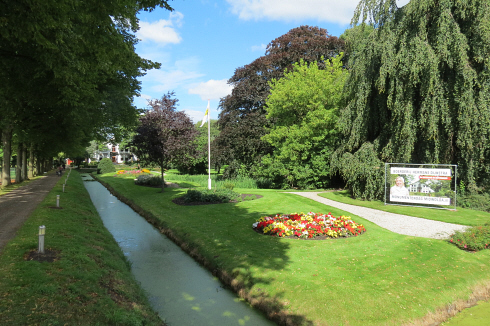
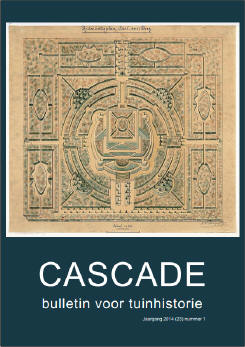 Cascade bulletin 2014-1 is op en bij deze en gene al in de bus.
Cascade bulletin 2014-1 is op en bij deze en gene al in de bus.